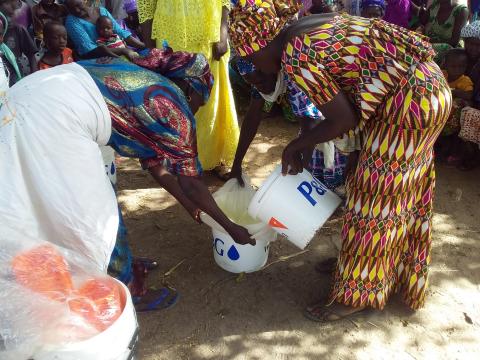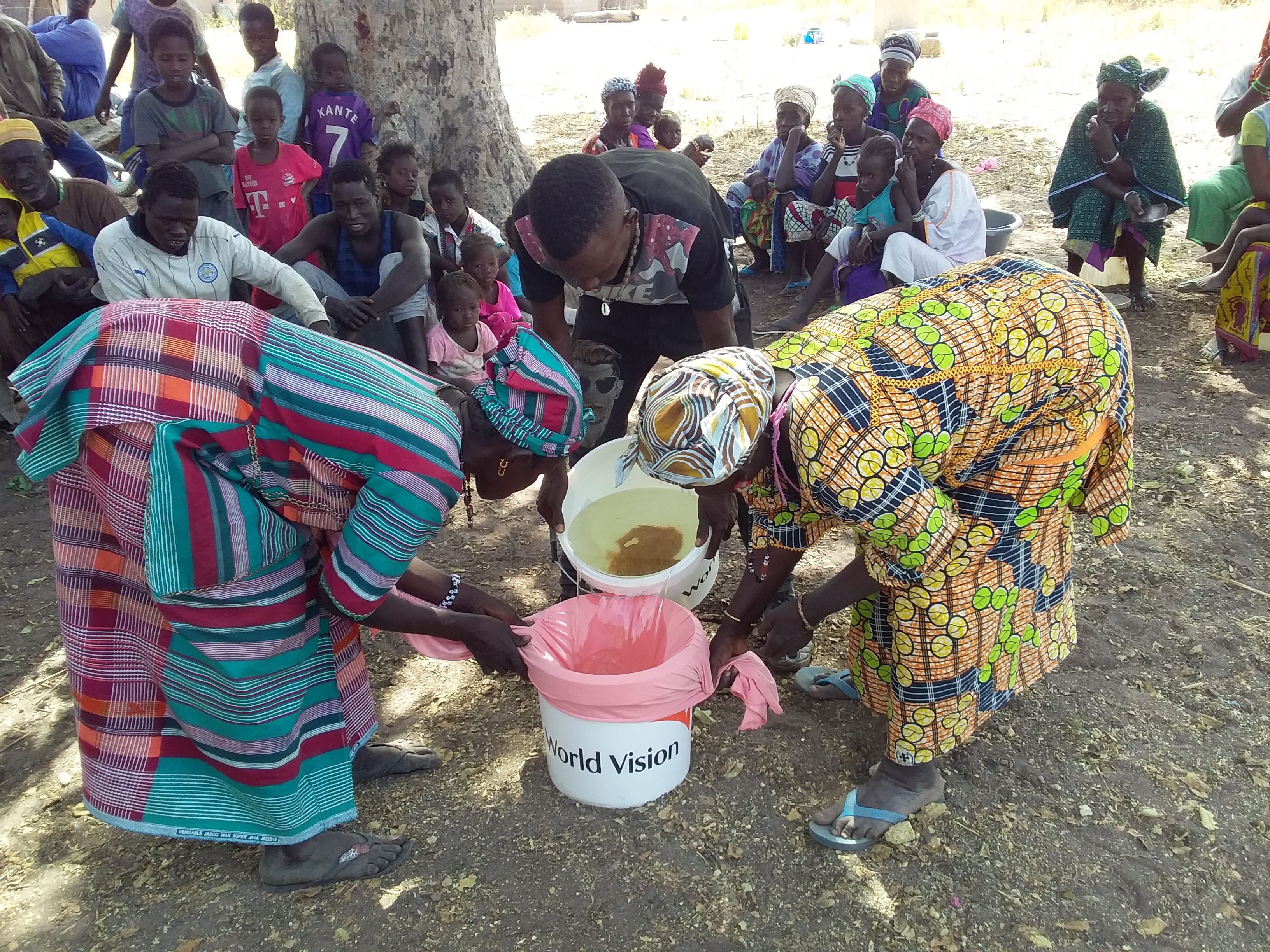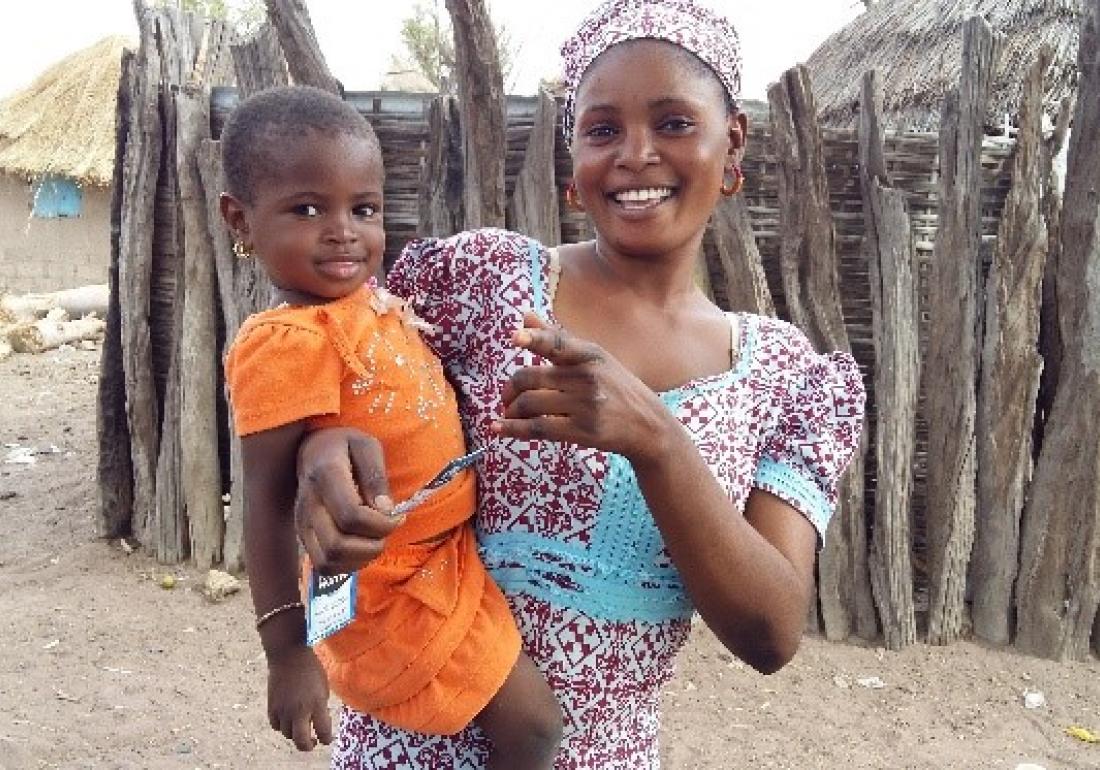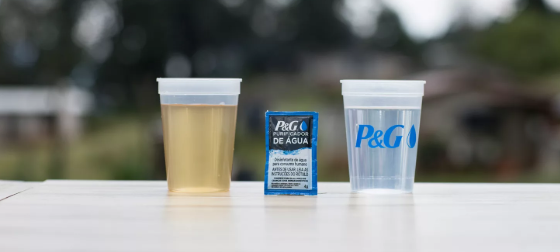Safe drinking water to improve children's well-being

Currently, it is estimated that at least 1.8 billion people worldwide use a water point contaminated with fecal matter. The common goal is "by 2030 to ensure universal and equitable access to drinking water, at an affordable cost". The water that each of us needs should be guaranteed "for everyone, everywhere and always" and should not constitute a financial burden for the poorest.
In several parts of Senegal, access to drinking water remains a problem, especially in the regions of Kédougou, Tambacounda, and Kolda. Most of the rural populations get their supplies from backwaters, rivers or open wells to collect polluted water with all the risks of contracting water-related diseases.
World Vision's Senegal office, in partnership with World Vision's United States office, is implementing a project called “Safe drinking water for Senegal” to contribute to access to clean water in quantity and quality in the most disadvantaged areas of Kédougou, Tambacounda, and Kolda regions.
The overall objective of the Safe Drinking Water for Senegal project is to "reduce the incidence of diarrhoea due to the consumption of non-drinking water in children under five years old." in the regions of Kédougou, Kolda, and Tambacounda.
In 2016, World Vision Senegal developed a more targeted strategy for the treatment of domestic water. World Vision Senegal's partnership with the P&G programme is a key element in bringing lasting change to families across the southern zone of Senegal by providing P&G Water Purifier packages.
The “Safe Drinking Water for Senegal” project is an integral part of World Vision's Water, Sanitation and Hygiene (WASH) programme to promote child well-being and household resilience as well as reduce disease, with particular emphasis on children under five and women of childbearing age.
Implemented in the southern zone of Senegal, particularly in the regions of Tambacounda, Kolda, and Kédougou, the "Safe Drinking water for Senegal" project has reduced the incidence of water-related diseases by sensitising communities on the importance of good practices hygiene and improving access to drinking water through the use of bags P&G Water purifier. The project has also enabled nearly 100,000 people to have access to purified water, and sensitised them on health problems associated with the consumption of non-potable water.
Efficient and appropriate technology
The P&G purifier constitutes a water treatment solution whose principle is based on coagulation and flocculation and then the elimination of suspended matter by bringing them together in the form of floc, the separation of which is then carried out by decantation systems and/or filtration.
According to the municipal councilor living in the village of Sitaouling in the Nétéboulou Fary Traoré commune, "women of our village are very attached to the well despite the impurity of the water. They continue to use it without even worrying about the illnesses it can cause. But with this P&G water purifier made available to us by the project, they will now be able to consume this water without the risk of diarrhoeal diseases, especially during this period of the rainy season.”

A fight for the well-being of children
This product improves safety barriers against water-related diseases. “I have four children who frequently get diarrhoea. This is due to a lack of hygiene and the use of well water that we drink without prior treatment. But with these purifying sachets, we now have the opportunity to purify the water that we and our children use for good health" testifies Diary, a 34-year-old mother of two boys and two girls, living in the village of Dar Salam.

Towards community engagement and sensitisation for product acceptability
The involvement of local authorities will raise awareness of the importance of purifiers and the integration of water, hygiene, and sanitation into their planning. The effective participation of communities in the management of the project will allow them to seek additional support and resources and to create a link with local community organisations. In perspective, schools will also be targeted by awareness campaigns for teachers and students, in order to reach the project's 4,000 household target mark by the end of the year.
A simple way to clean water
P&G's water purification technology is an incredible innovation that quickly turns 10 litres of dirty and potentially lethal water into clean, potable water. The package was invented by scientists at P&G who were originally trying to separate dirt from used laundry water. They invented revolutionary technology that makes it easy, affordable, and convenient for people around the world to purify dirty water. The water purification technology was developed in conjunction with the U.S. Centres for Disease Control and Prevention and work in three ways: coagulation, flocculation, and disinfection.

The water purification pack contains a proven powder mixture which:
• Eliminates pathogenic microorganisms
• Kills over 99.99999% of common waterborne bacteria (including those that cause cholera), 99.99% of common waterborne viruses (including those that cause hepatitis A) and 99, 9% of protozoa
• Reduces by up to 90% the incidence of diarrhoeal diseases in developing countries
• Removes dirt and other pollutants
• Provides clean water for the whole family, including infants. The World Health Organisation classifies the technology as providing comprehensive protection.
The first awareness activities and distribution of water purifiers have started in the intervention villages of the Tambacounda cluster (Oundoundou, Maka Medina, Sare Tounke, Sare Modou).

* Some images were taken before the advent of COVID-19.
By Diatta KANE, «Safe drinking water for Senegal» Project Coordinator